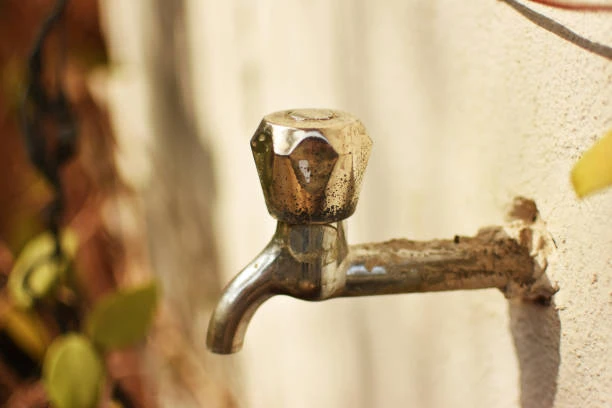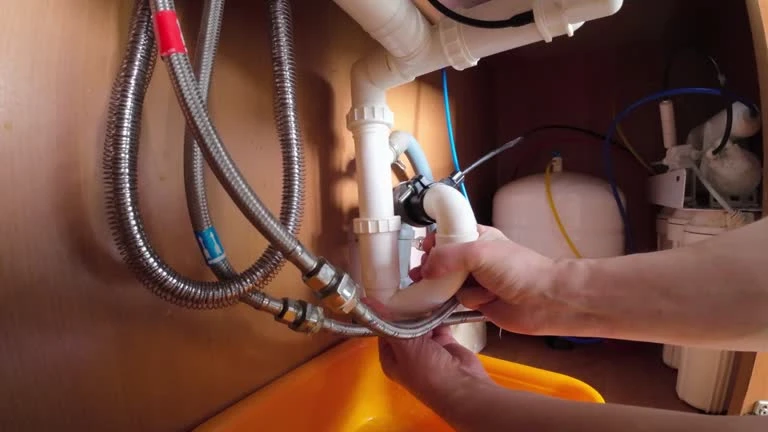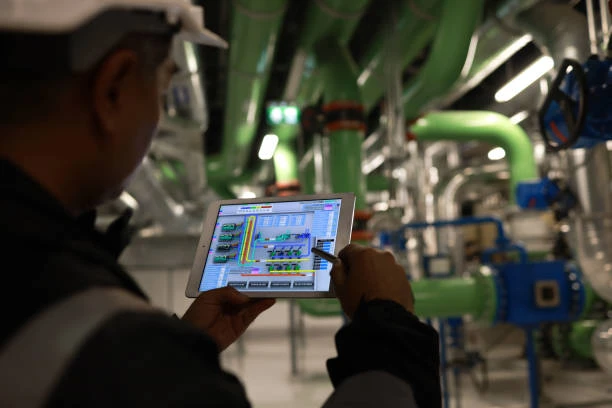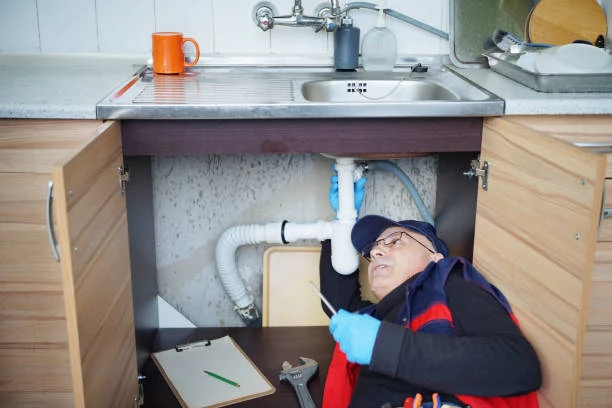Introduction: Understanding the Essentials of Copper Faucet Installation
Copper faucets are a reliable and long-lasting choice for both residential and commercial plumbing systems. Known for their resistance to corrosion, excellent thermal conductivity, and classic appearance, copper faucets—often featuring components like faucet brass valves—offer both performance and style. Whether you’re updating a home bathroom or fitting out a large facility, knowing how to select and install copper faucets properly is key. This article covers everything from technical definitions to comparison with other materials, as well as hands-on installation tips and guidelines.
Frequently Asked Questions (FAQ)
1. What is the difference between copper and faucet brass materials?
Copper is a pure element, while brass is an alloy made primarily of copper and zinc. Many copper faucets use faucet brass components for added strength and corrosion resistance.
2. Are copper faucets suitable for both hot and cold water?
Yes. Copper and brass faucets handle both hot and cold water systems very well, maintaining structural integrity even under high temperatures.
3. Do I need special tools to install copper faucets?
While basic installations require common tools like adjustable spanners and Teflon tape, copper pipework may also require a torch and soldering tools for a secure fit.
4. Is faucet brass safe for drinking water?
High-quality faucet brass that complies with international standards is considered safe for drinking water. Look for certifications that limit lead content.
5. Can copper faucets have modern finishes like matte black or chrome?
Yes. Copper faucet bodies can be finished with a variety of coatings, including chrome, brushed nickel, and matte black, without compromising their core performance.
Valve Definition and Key Features
Valves are mechanical devices that control the flow of water through a faucet system. In copper faucets, the valve plays a crucial role in regulating temperature, pressure, and water direction.
Key Features of Copper Valves:
Corrosion Resistance: Copper and faucet brass valves do not rust and maintain integrity over time.
Thermal Conductivity: Copper reacts well to temperature changes, making it ideal for hot water systems.
Antimicrobial Properties: Naturally inhibits bacterial growth, improving hygiene in kitchens and bathrooms.
Precision Control: Offers reliable water flow control, especially with ceramic disc cartridges.
These features ensure that faucets made from copper or faucet brass materials remain dependable and efficient over years of use.
Common Applications and Industry Use
Copper faucets are widely used across various industries thanks to their resilience, safety, and adaptability to different styles.
Typical Applications:
Residential Homes: Used in kitchens, bathrooms, and laundry areas for both style and functionality.
Commercial Properties: Ideal for offices, retail shops, and public restrooms where durability matters.
Hospitality Industry: Found in hotels, resorts, and restaurants where aesthetic finishes and hygiene are key.
Healthcare Facilities: Preferred for their antimicrobial surface properties and reliable performance.
Educational Institutions: Used in high-use environments like schools and campuses due to their long service life.
Buying Guide: Choosing the Right Copper Faucet
When selecting a copper faucet, several factors should be considered to ensure it suits your application and meets quality standards.
What to Look For:
1. Material Composition
Choose solid copper or faucet brass bodies. Avoid low-grade alloys or plastic core faucets coated to resemble copper.
2. Finish and Appearance
Finishes such as matte black, brushed nickel, chrome, and antique bronze are available. Pick one that complements your interior style while ensuring it’s durable and scratch-resistant.
3. Valve Type
Opt for ceramic disc valves within the faucet body. These provide smoother operation and longer life than traditional rubber washers.
4. Certifications and Standards
Look for faucets certified by ISO, ASTM, CSA, or DIN. These certifications confirm product safety, performance, and water quality standards.
5. Fitting Compatibility
Ensure the faucet has the correct inlet size and thread type for your plumbing system. Universal fittings can simplify installation.
Installation Tips for Copper Faucets
Installing a copper faucet correctly ensures optimal function and prevents leaks or premature wear. Follow these essential tips:
Step-by-Step Considerations:
1. Turn Off the Water Supply
Before beginning installation, shut off the water valves to avoid any unexpected water flow.
2. Clean the Installation Area
Ensure the sink or countertop is clean, dry, and free from old sealant or debris.
3. Use Teflon Tape or Sealant
Apply PTFE tape to all threaded joints to ensure a watertight seal.
4. Align Carefully
Check the faucet’s position before tightening. Misalignment can affect both appearance and function.
5. Test the System
Once installed, slowly turn on the water and test both hot and cold taps. Check for leaks around fittings and joints.
Copper vs. Other Valve Materials – Comparison Table
Here is a detailed comparison between copper (including faucet brass) valves and other commonly used materials:
| Feature | Copper / Faucet Brass | Stainless Steel | Plastic (ABS / PVC) | Zinc Alloy |
|---|---|---|---|---|
| Durability | Very High | High | Low | Moderate |
| Corrosion Resistance | Excellent | Excellent | Poor | Moderate |
| Heat Resistance | Excellent | Excellent | Low | Moderate |
| Hygiene | Antimicrobial | Neutral | Neutral | Neutral |
| Aesthetic Variety | High | Moderate | Low | Moderate |
| Lifespan | 15–25+ years | 10–20 years | 3–5 years | 5–10 years |
| Cost | Moderate | High | Low | Low |
| Common Use | High-end residential, commercial | Food-grade settings | Budget installations | Entry-level fittings |
From the table above, it’s clear that faucet brass and copper provide the best balance of performance, safety, and style, making them ideal for both traditional and modern installations.
Conclusion
Installing a copper faucet doesn’t have to be complicated if you understand the material, choose the right components, and follow the correct installation steps. Copper, along with faucet brass, offers durability, thermal stability, and hygiene advantages that surpass many other materials. Whether you’re updating a bathroom, redesigning a kitchen, or working on a large-scale plumbing project, copper faucets provide a reliable and elegant solution.
Remember to select certified products, use compatible fittings, and take care during installation to enjoy long-term results. These practical tips will guide you toward successful and efficient faucet installations in any environment.
Contact IFAN for Catalogues and Samples
Need technical documents, catalogues, or sample products? Reach out to IFAN today.
For more information,pls visit our webside https://waterpipefitting.com/
Pls Mailto: [email protected]
Whatsapp: +86 15088288323
Our team responds quickly and provides professional support for all your pipeline needs.
IFAN International Standard
IFAN piping systems comply with a wide range of international standards to ensure high quality and performance. These include:
ASTM F1974 – Multilayer piping systems
ASTM F1281 – Composite pressure piping
CSA B137 – Canadian plumbing standards
DIN 16836 – German technical specifications
GB18997 – Chinese industry standard
ISO 21003 – Multilayer systems for hot and cold water
These certifications highlight IFAN’s commitment to global product reliability and regulatory compliance. Whether you’re sourcing for household upgrades or commercial-scale installations, IFAN ensures dependable results.














Recent Comments